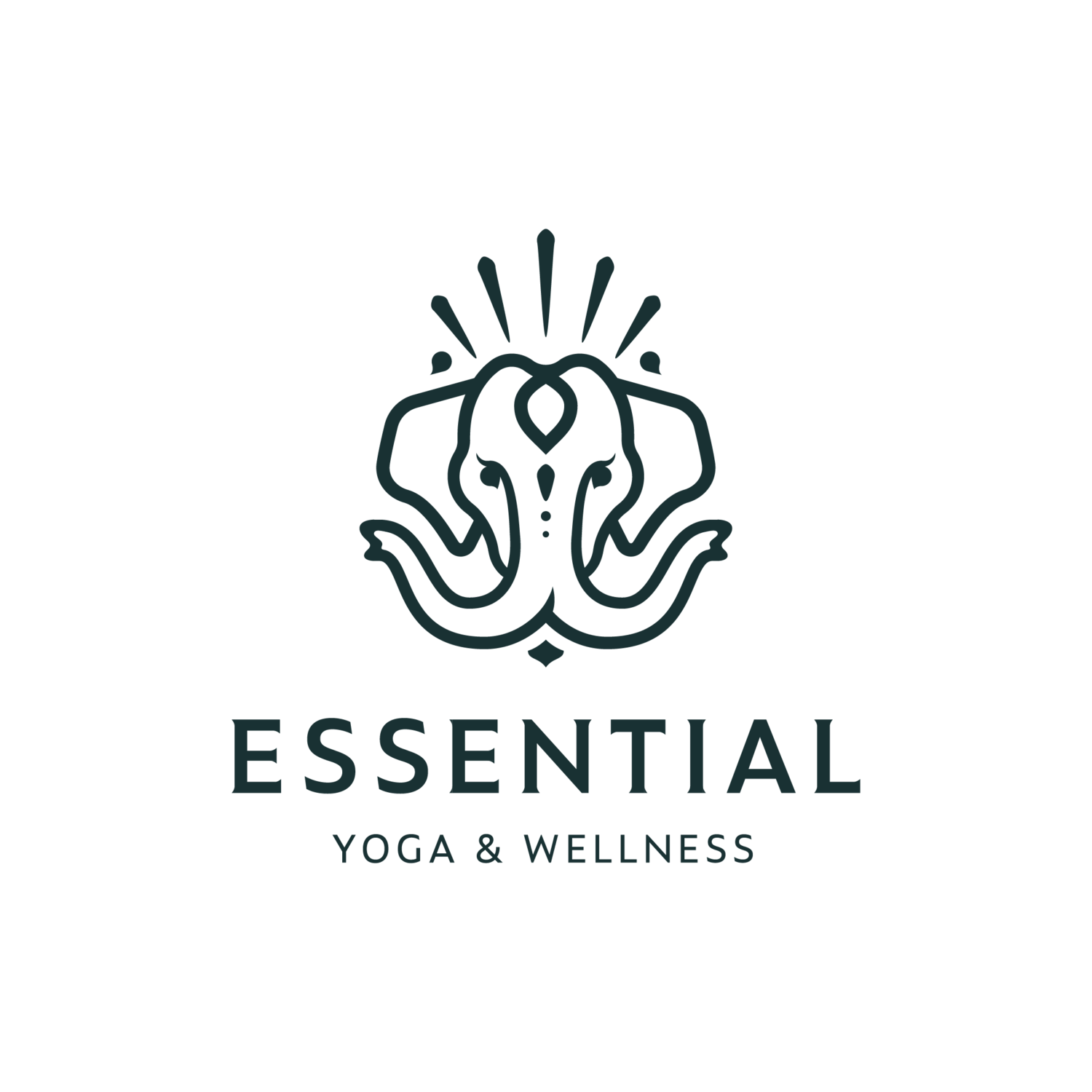The Importance of Engaging Muscles While Stretching: A Key to Effective Yoga Practice
Stretching forms the core of any yoga practice, aimed at enhancing flexibility, increasing range of motion, and relaxing our body. However, to gain the maximum benefits, it's crucial to understand the importance of engaging muscles while stretching. When performed correctly, engaging muscles during a stretch can amplify the effectiveness of our yoga practice and contribute to improved overall physical health.
Why Engage Muscles During Stretching?
Engaging muscles while stretching might seem counterintuitive to some. After all, isn't stretching all about relaxation? While it's true that relaxation plays a crucial role in stretching, selectively engaging certain muscles can actually enhance the process. When you engage a muscle during a stretch, you're activating the muscle fibers, increasing blood flow, and offering better support to your joints. This leads to a more effective stretch and a decreased risk of injury.
The Principle of Reciprocal Inhibition
The underlying scientific principle of engaging muscles while stretching is reciprocal inhibition.
Reciprocal Inhibition is a well-established concept in neurophysiology. It refers to the process of muscles on one side of a joint relaxing to accommodate the contraction on the other side of that joint. This phenomenon is facilitated by the body's central nervous system, specifically, the motor neurons transmitting signals between muscles and the spinal cord. In the context of yoga and stretching, understanding and employing reciprocal inhibition effectively can contribute to deeper, safer stretches, and consequently, enhanced flexibility and mobility.
According to this principle, when one muscle contracts, the opposite muscle relaxes, allowing for greater stretch and increased range of motion. By consciously engaging the muscle opposite to the one being stretched, we can deepen the stretch and enhance its effectiveness.
How to Engage Muscles While Stretching
Engaging muscles while stretching doesn’t mean tensing your entire body. Rather, it's about being aware of your body and understanding which muscles to engage for a particular stretch. For instance, in a seated fold or a forward fold, engaging your quadriceps (muscles at the front of your thigh) can help to deepen the stretch in your hamstrings (muscles at the back of your thigh).
Try this:
Come to pyramid pose- start in standing and take 2-3 steps back with your left foot. if you hips are tight you can widen your stance.
Without engaging just fold over your front leg. What did you notice?
Now apply the alignment principles-
Square your hips forward, lengthen the tail bone and draw the navel upward.
Engage your thigh by lifting and spreading the toes, and pulling the knee cap into the thigh.
Root down in to the mat and rise up from the hips and out the top of the head.
Leading with the heart, start to come forward and extend over the front leg.
Did you notice a difference?
Engaged Stretching: A Part of Balanced Yoga Practice
Engaged stretching serves as a critical element of a balanced yoga practice. By combining stretching with muscle engagement, we can achieve greater flexibility, improved muscle strength, and enhanced body awareness. This potent blend of strength and flexibility paves the way for a yoga practice that is not just about bending and twisting, but also about understanding our bodies and moving towards holistic well-being.
In conclusion, the act of engaging muscles while stretching is an integral, but often overlooked, aspect of yoga. By implementing this practice into our yoga routine, we can enrich our experience, prevent injuries, and truly harness the power of yoga. Remember, yoga is not just a physical practice; it's a journey of self-awareness and mindful movement. Happy Yoga!
Make it stand out
Jenny Caffrey, RYT 500, RAD Yoga Mobility and Recovery Specialist
As a Registered Yoga Instructor (RYT) through Yoga Alliance, I continue to expand my yoga knowledge with workshops and educational events all over the country. In addition to my RTY, I also hold a certification from RAD as a Yoga Mobility and Recovery Specialist, as well as a certification in Trauma Informed Yoga and Family Yoga.




